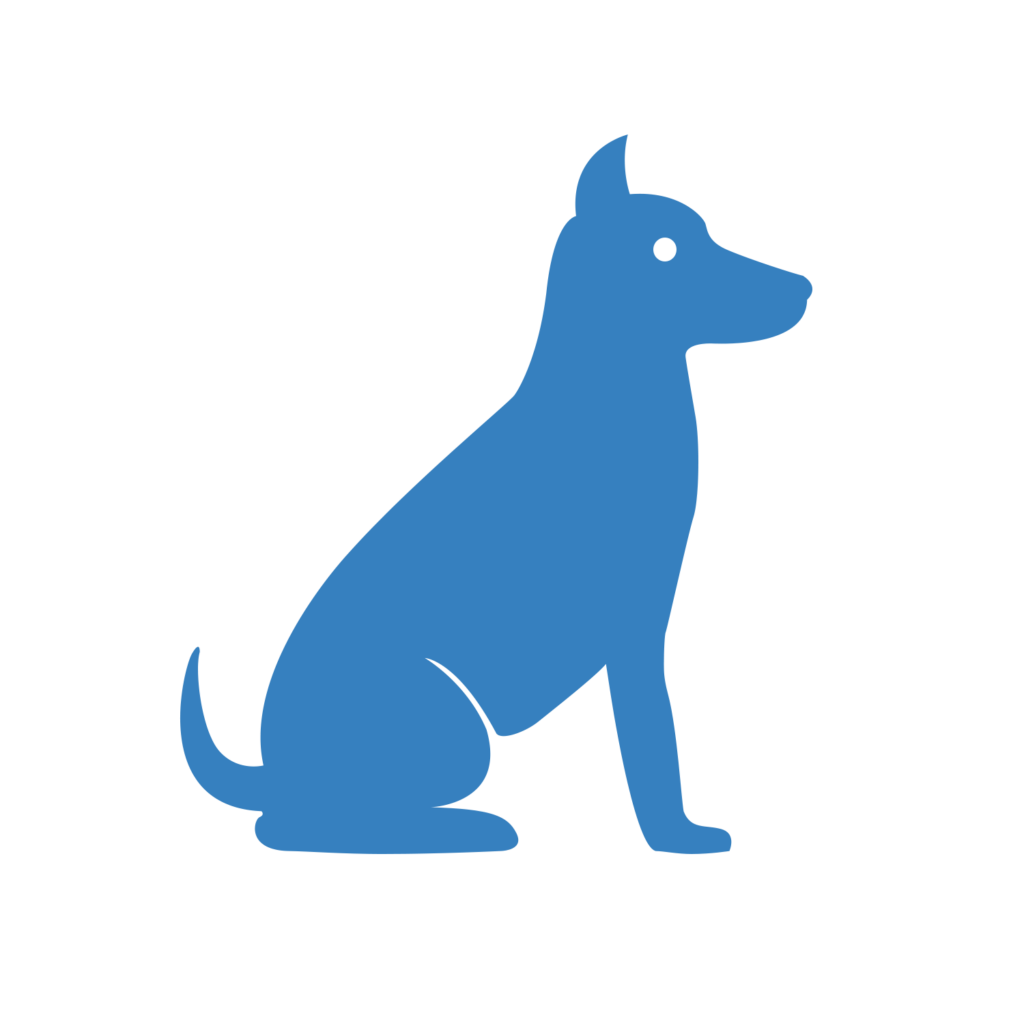

Neuronal Ceroid Lipofuscinosis (Golden Retriever Type)
Turnaround: 3-5 business daysTurnaround: 7-10 business days
Price: $45.00Price: £40.00
Breeds: Australian Golden Doodle, Double Doodle, Goldadoodlier, Goldador, Goldador Doodle, Goldalier, Golden Mountain Dog, Golden Retriever, Goldendoodle, Miniature Goldendoodle, Mixed Breed, Unspecified
Description
Neuronal Ceroid Lipofuscinosis is a progressive degenerative disease of the central nervous system. In Golden Retrievers, NCL is caused by a two base pair deletion in the CLN5 gene. This causes a frameshift in the genetic coding, leading to a premature termination codon.
Golden Retrievers with NCL begin to develop signs of the disease around 13 months old. Often the first sign of NCL is a loss of coordination during basic movements including walking, running, and climbing stairs. Sings of the disease are particularly noticeable when the dog is excited. As the disease progresses, the loss of coordination becomes evident even when the dogs is calm; the dogs may also experience tremors, seizures, or blindness. Compulsive behaviors, anxiety, and loss of previously learned behavior is also common. Affected dogs may also become agitated or aggressive as the disease continues to progress. Due to the severity of the disease and loss of quality of life, most affected dogs are euthanized by 2-3 years of age.
Because NCL is recessive, a dog must inherit a copy of the mutation from each parent in order to be affected. No signs of NCL will appear if the dog has only one copy of the mutation, although it will be a carrier of the disease. When breeding two carriers together, there is a 25% chance per puppy born that it will develop symptoms of NCL.
Possible Results
| Genotype | Description |
|---|---|
| NCL/NCL | Affected: Dog has two copies of the NCL-GR mutation and will be affected. The gene will be passed on to every offspring. |
| n/NCL | Carrier: Dog has one copy of the NCL-GR mutation. Dog will not be affected by NCL-GR but may pass the mutation to offspring. |
| n/n | Clear: Dog is negative for mutation associated with NCL-GR. |
Reference
Golden Retriever dogs with neuronal ceroid lipofuscinosis have a two-base-pair deletion and frameshift in CLN5. Gilliam D, Kolicheski A, Johnson GS, Mhlanga-Mutangadura T, Taylor JF, Schnabel RD, Katz ML. Mol Genet Metab. 2015 Jun-Jul;115(2-3):101-9. doi: 10.1016/j.ymgme.2015.04.001. Epub 2015 Apr 23. [PMID:25934231]